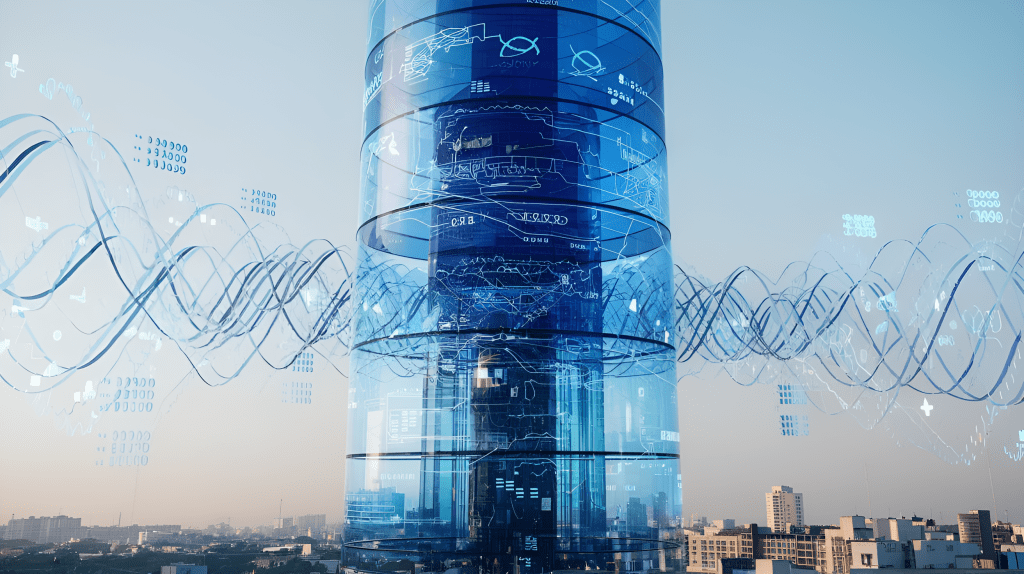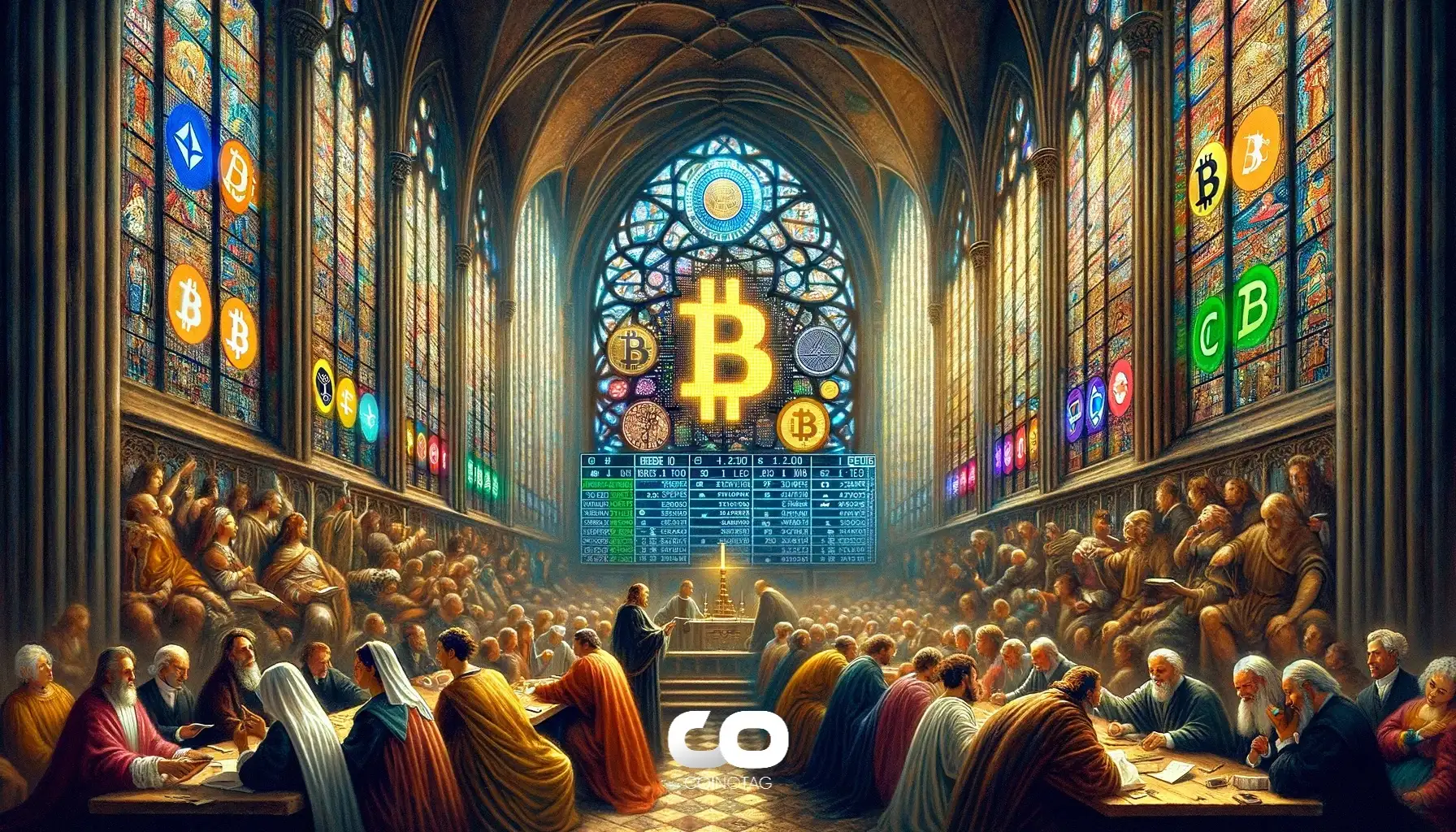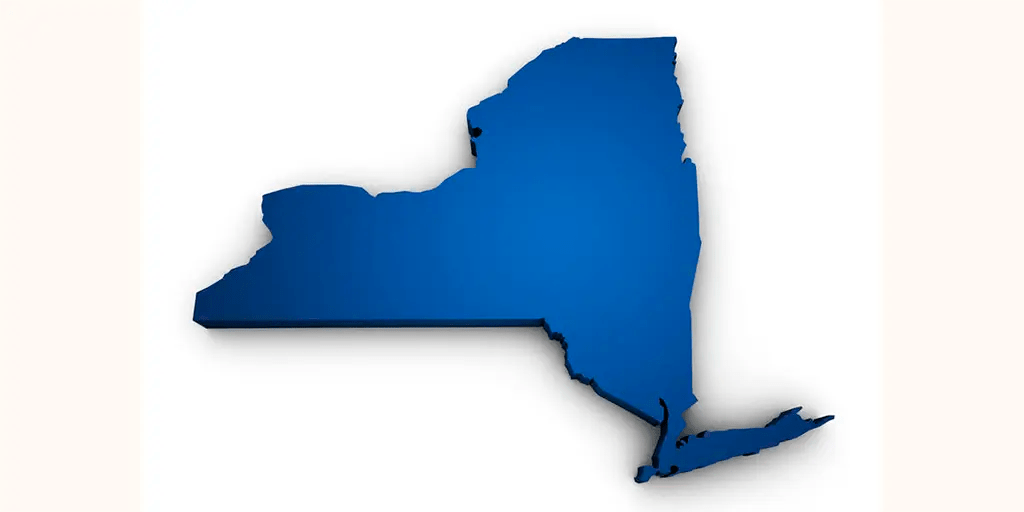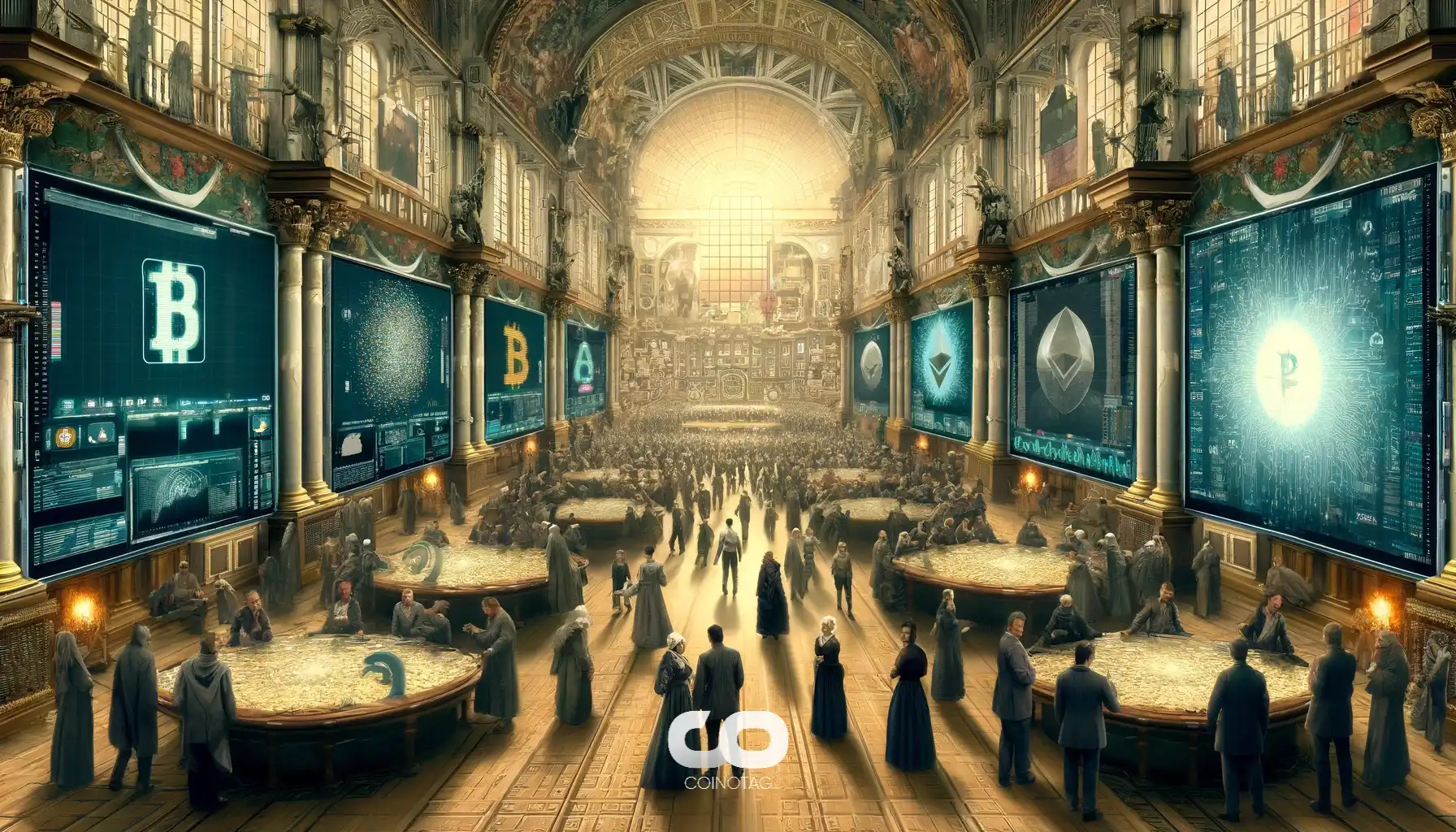A recently discovered Nintendo patent outlines how the company may use AI upscaling on its Switch successor.
Originally filed in July 2023 and made public this week, the patent describes a machine learning system that can enhance the resolution of images. Similar to Nvidia’s DLSS (deep learning super sampling), this AI upscaling technique would allow developers to attain better technical performance on otherwise less powerful hardware. AI upscaling is used by many consoles, including, even, PlayStation’s recently released $959 PS5 Pro.
Of course, it’s easy to see how this tech would especially benefit Nintendo’s next console, colloquially referred to as the ‘Switch 2.’ After all, the company has historically avoided having beefier hardware, which has also kept some of the more demanding third-party titles off consoles like the Switch. With AI upscaling, however, developers could upscale up to 4K resolution while still keeping the Switch 2’s cost down by eschewing native 4K-capable components. In the patent, Nintendo specifically mentions upscaling from 540p to 1080p and 1080p to 4K.
AI upscaling could also help reduce overall game sizes, which would be particularly useful on a system like the Switch 2 that’s expected to have portable functionality like its predecessor. As noted on Bluesky by journalist Laura Kate Dale, the Nintendo patent explains how upscaling would allow for modern games to fit onto “smaller capacity physical media” like Switch game cartridges.
Specifically, Nintendo’s patent notes that a game with native 4K textures may need a 60GB download, but a 1080p native version could take up just 20GB. The AI upscaling could then bump the game up to 4K without raising the storage requirement. As Dale notes, this would also actually fit within the 32GB limit of the current Switch carts, although it’s unclear whether Nintendo aims to expand that capacity with the next console.
All in all, this AI upscaling technology has notable implications for the next Nintendo console, especially with respect to big third-party games support. On the Switch, several companies opted to use Nintendo’s nascent cloud technology to stream their games to the console-handheld hybrid, like Square Enix’s Kingdom Hearts III, Remedy’s Control and IO Interactive’s Hitman 3. It remains to be seen how AI upscaling may drive more third-party publishers to bring their games to the Switch 2 natively, as well as how this technology might improve Nintendo’s first-party lineup of games that tend to prioritize colourful and stylized cartoonish aesthetics.
The patent comes on the heels of a slew of Switch 2 leaks. Earlier this week, a reported image of the Switch 2’s motherboard also hit the web, seemingly confirming, among other rumours, a second USB-C port. This leak, as well as previous ones, all suggest that the Switch 2 will be a marginally larger version of the current Switch featuring magnetic Joy-Cons and a mysterious new ‘C’ button on the right Joy-Con.
Nintendo, for its part, has actually only provided two official pieces of information regarding the Switch 2. The first came last May when the company finally acknowledged it’s working on a successor to the Switch and said a formal reveal will come before the end of its fiscal year on March 31st, 2025. The second statement came in November when the company confirmed the Switch 2 will feature backwards compatibility with the Switch.
It remains to be seen when Nintendo will finally pull back the curtain on the Switch, but with less than three months to go to April, the clock is ticking.
Via: VGC
MobileSyrup may earn a commission from purchases made via our links, which helps fund the journalism we provide free on our website. These links do not influence our editorial content. Support us here.










Leave a Comment